Cúán Greene, the 31-year-old Irish chef who has a track record of working at some of the world’s top restaurants including Noma in Copenhagen, and was previously head chef at Bastible in Dublin 8, which now has a Michelin star, is to open a new restaurant in Abbeyleix, Co Laois.
Greene’s partners in the venture, which will comprise a 16-bedroom guest house as well as the 32-seat restaurant, include Stripe tech entrepreneur John Collison, who paid €20 million in 2021 to acquire the Abbey Leix estate, an 18th century mansion on 1,120 acres.
The other investors are Daire Hickey, co-founder and managing partner at 150 Bond, a communications consultancy based in New York; Samuel Dennigan, founder and chief executive of plant-based foods brand Strong Roots; and Jean Comer, a US-based family friend of Greene’s.
The partnership came about via connections made through Greene’s Ómós Digest, an online collaborative food newsletter, which he established during Covid in 2021. Post-Covid, Greene has been cooking for private clients, in Ireland and abroad, and hosting pop-ups, as well as running the newsletter.
RM Block
“I’ve cooked for all of our partners over the last three years, they’ve come to really understand what Ómós is and stands for and have been really incredible in terms of their level of support and mentorship,” Greene says.
Greene’s restaurant, which will also be called Ómós, will be based at Millbrook House, a late-Victorian house on 4.2 acres, which is adjacent to the Abbey Leix estate and was acquired by Collison and his brother Patrick in early 2022. The property, in a state of considerable disrepair, was purchased from Laois County Council for a sum in the region of €400,000, on the understanding that it would be fully restored.
Planning applications are being lodged this week and if granted, the restaurant and guest house are slated to open in the summer of next year.
The house, a listed building, has had conservation work done on it over the past 12 months to stabilise the structure, and in the plans for the new venture it will be turned into a 16-bedroom guest house. The restaurant will be a new build, single-storey structure, seating 32 guests, in the grounds of the house. The lands surrounding the house will be used to grow produce for the business, following regenerative farming practices.
Greene describes the project as being an opportunity “to create the restaurant of our dreams”, and has been actively involved in the design process, drawing from his experience of working in kitchens in Spain, Denmark and Ireland.
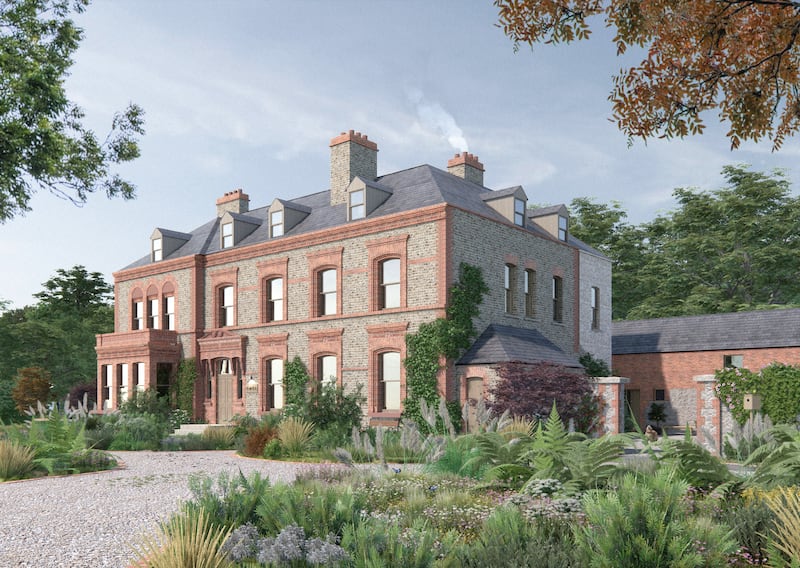
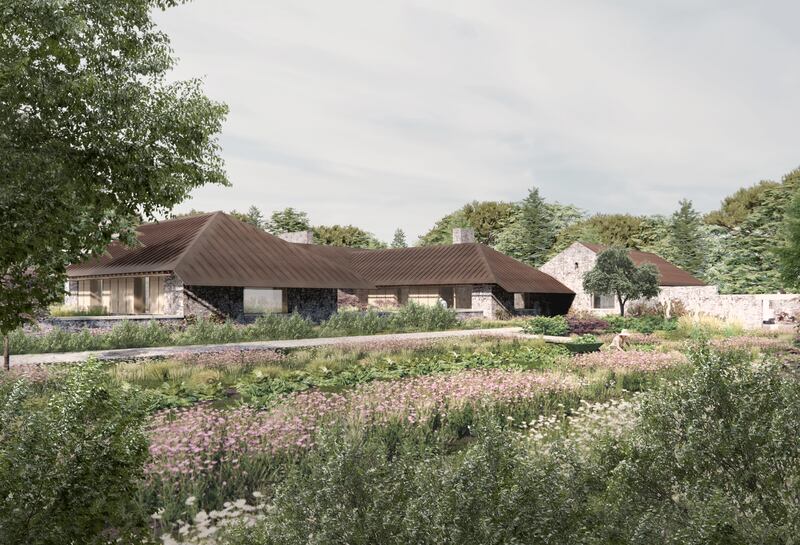
“I wanted to create a space that was conducive to a great working environment,” Greene says. The project architect is Ireland-based American Ryan Kennihan, and the restaurant interior will be designed by Copenhagen-based interior design team ASCA.
“I want to work in a place where guests can feel both cherished and relaxed, and our team knows that they are appreciated. In designing the space, we’ve placed equal importance on the working conditions of the team, as we have placed on the guests,” Greene says.
“As a result, the building is single-story, there is natural light in every room. We want the light in the kitchens to be just as good as that in the diningroom. Restaurants can be tough places to work, we want to create a better and more sustainable environment for our team.”
The menu and food offering is still at the concept stage, although Greene says he is watching carefully the swing away from multi-course, no-choice tasting menus.
“There’s a lot of talk at the moment about tasting menus and people moving away from sitting at the table for hours and hours, dish upon dish,” he says.
“I think that’s worth listening to, and I’m watching what’s going on and I’m reacting to that. I think what’s really special about what we’ll have is the ability to create an experience that can be expanded over a whole day-and-a-half.” The business model is based on guests staying overnight at the property after dining in the restaurant.
“I want to cook delicious food that excites me, and those who prepare and eat it. I am really interested in seasonality, as it brings the best flavour, and makes sense ecologically. The two are interlinked,” Greene says.
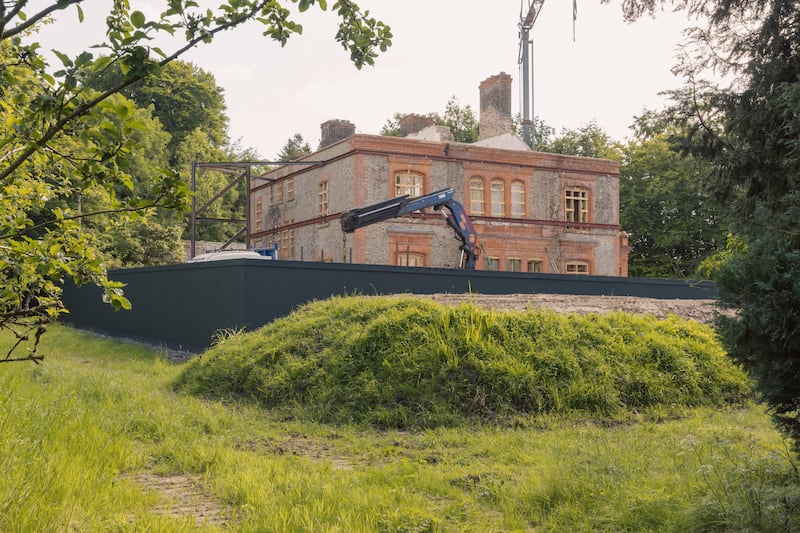
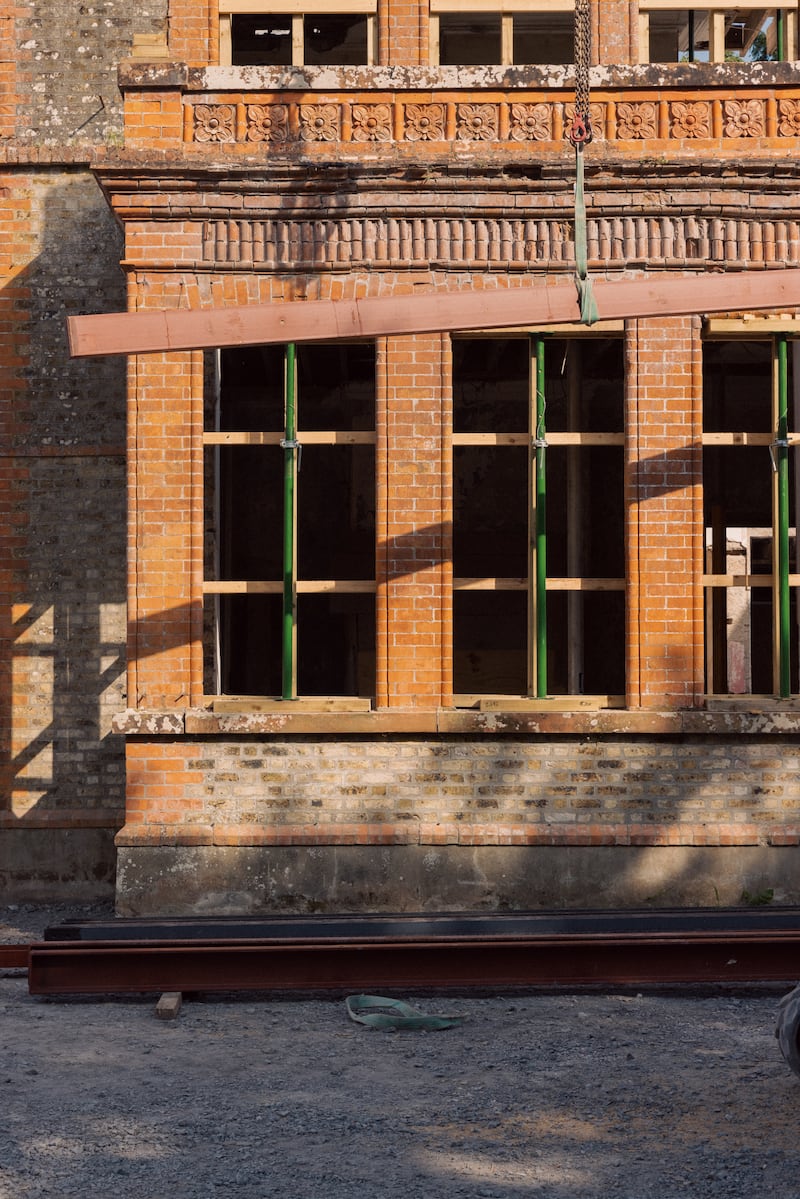
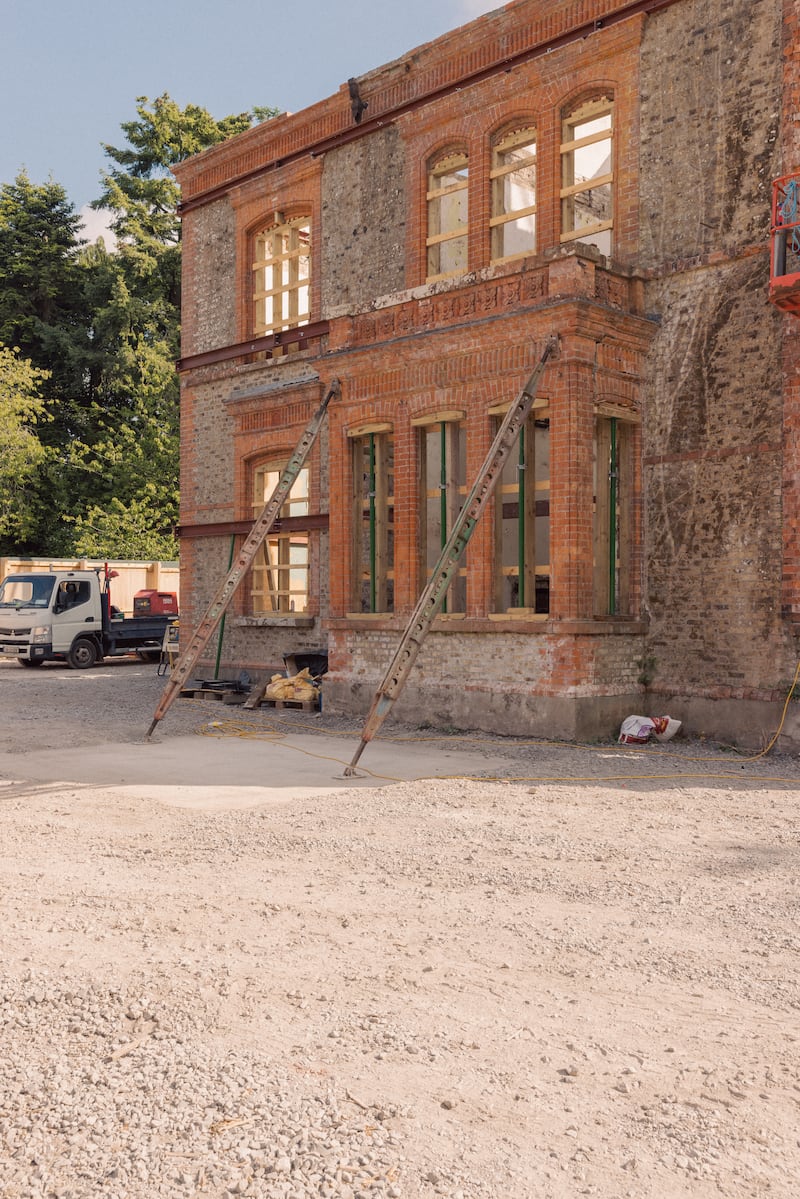
“It’s a big reason why we are locating to Co Laois. We’re surrounded by farms and great produce. We will harvest a lot of our own regeneratively grown produce and will look to raise livestock over time. We are doing everything in our power to track down the best local producers and educate ourselves about the region’s wild species.”
But Ómós will not be an exclusively “Irish” restaurant in any sense other than geographically. Having worked abroad, travelled extensively and in recent years cooked at high-profile pop-ups in Iceland, New York and Bangkok, Greene wants to bring a more global vision to his kitchen.
“We will embrace an emerging Ireland and with that a developing palate. Immigration and travel over the last couple of decades have changed how we eat, and therefore, rather than be puritans of locality, we wish to cast our net further afield in search of bold flavours, focusing on ethical growing methods, building new supply chains, and finding delicious produce that makes sense seasonally. Just because it’s local, doesn’t mean it’s the best option,” Greene says.
Learning about hospitality, in the sense of overnight stays, has been part of Greene’s learning curve. “We want to create an atmosphere that feels of the place, more like a home with great food and productive gardens, rather than a sterile luxury hotel or restaurant,” he says.
“For us, it’s really about giving people an authentic experience and making them feel comfortable. We want guests to experience Ómós, wander the land, take in the country air, discover all the nooks and crannies of the guest house, appreciate the art and design, and enjoy the food. Each guest will hopefully find something unique they love about Ómós.”





















